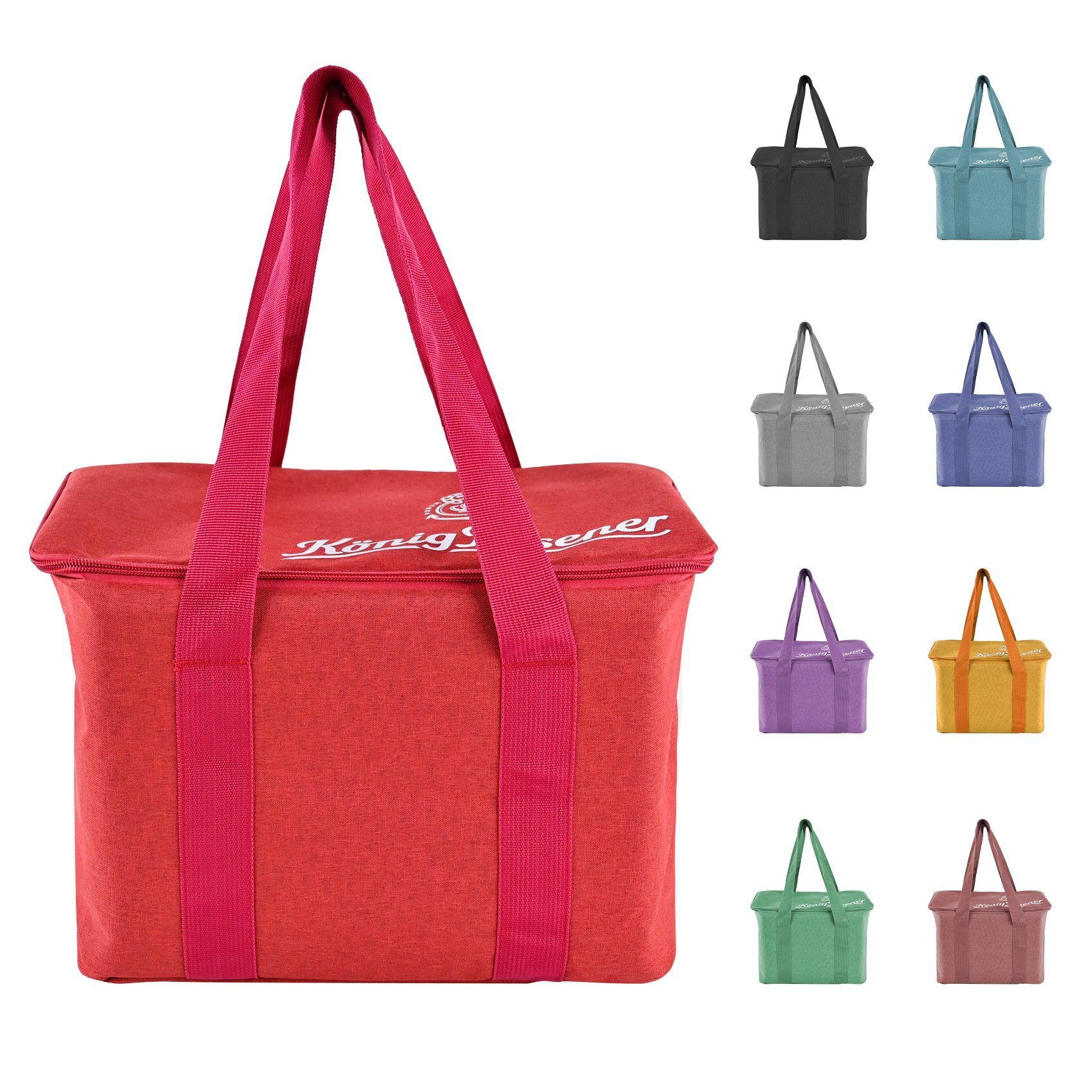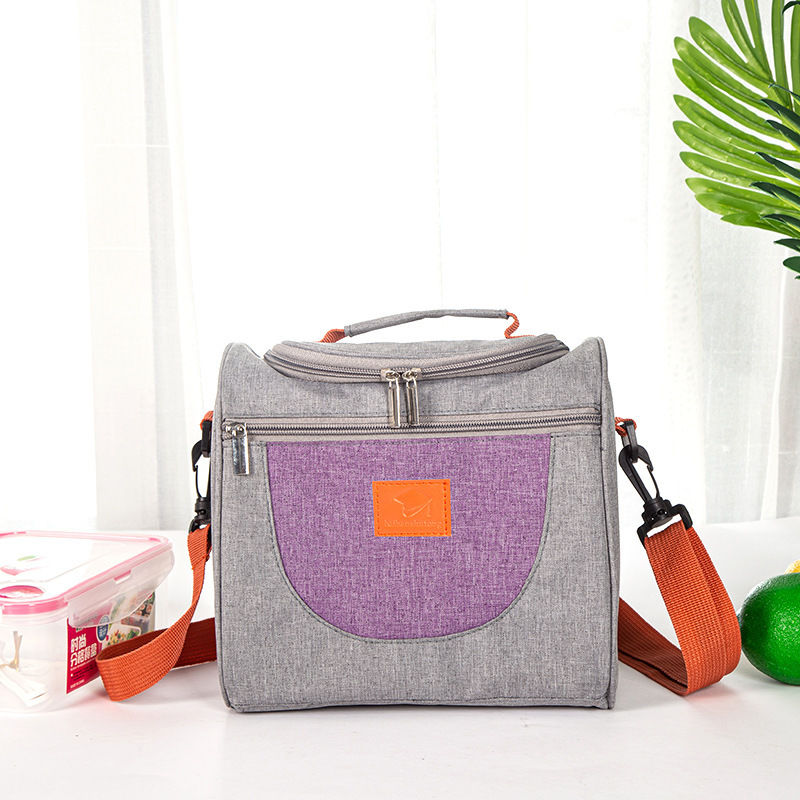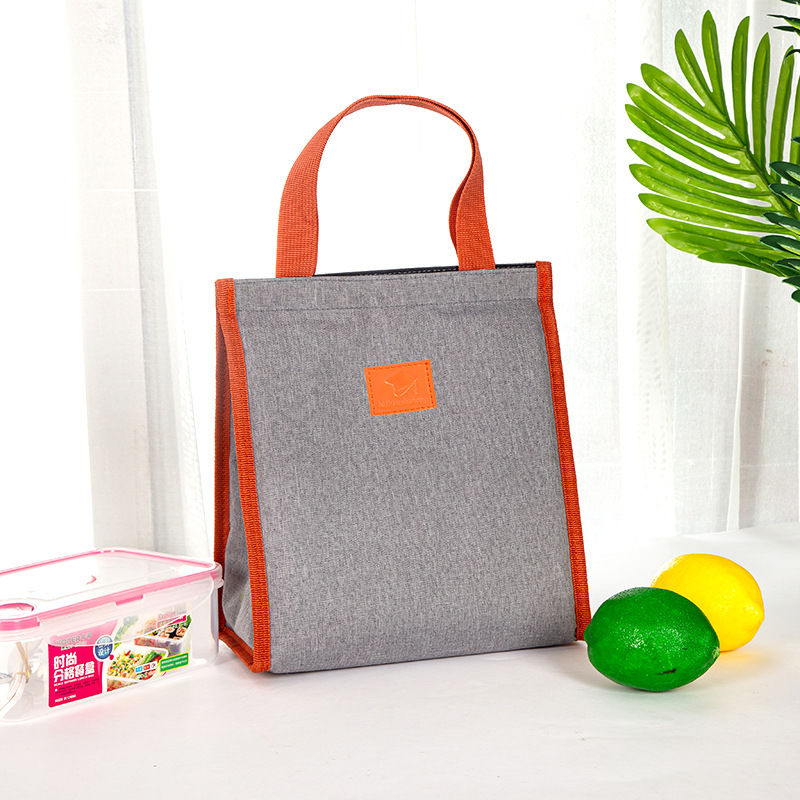Finding the best China lunch bag manufacturer involves defining product specs, researching suppliers on platforms like Alibaba, and rigorous vetting through samples and audits.

Table of Contents
- What Defines an Ideal Lunch Bag Manufacturing Partner?
- Where Can You Find Potential Chinese Lunch Bag Suppliers?
- How Do You Vet and Qualify Potential Manufacturers?
- What Key Specifications Must You Define for Your Custom Lunch Bag?
- Why Is a Strong Manufacturing Agreement Crucial?
- Navigating Production and Quality Control

What Defines an Ideal Lunch Bag Manufacturing Partner?
Partnering with a manufacturer in China for your lunch bag business is a significant decision that extends far beyond securing the lowest price per unit. A truly ideal partner is a cornerstone of your brand’s reputation, influencing everything from customer satisfaction to supply chain stability. The right manufacturer demonstrates a consistent commitment to quality, reliability, and transparent communication. They understand that a defect-free product delivered on schedule is the minimum expectation, not a premium service.

Before you begin your search, the most critical step is to look inward and precisely define your business needs. What does your brand stand for? Are you targeting the budget-friendly market with simple, functional bags, or are you aiming for a premium niche with high-end materials and intricate designs? Clearly document your requirements for materials, insulation type, hardware quality, branding (e.g., screen printing, embroidery, embossed tags), and target cost. This internal clarity will serve as your compass, guiding you toward factories that possess the specific capabilities and expertise to bring your vision to life.
Where Can You Find Potential Chinese Lunch Bag Suppliers?
Once you have a clear product brief, your search for the right manufacturing partner can begin. Several well-established channels exist to connect international businesses with Chinese factories, each offering distinct advantages.
Online B2B Marketplaces
Digital platforms are often the first stop for sourcing products from China. Websites like Alibaba, Made-in-China.com, and Global Sources host millions of suppliers, offering an unparalleled breadth of options. These platforms allow you to filter manufacturers by product type, experience, and certifications. Look for suppliers designated as “Gold Supplier” or “Verified Supplier,” as these sellers have undergone a degree of third-party verification, providing an initial layer of security. The direct messaging systems on these sites make it easy to send initial inquiries and request quotes from multiple factories simultaneously.
Industry Trade Shows and Fairs
For a more direct and personal approach, attending major trade shows is invaluable. The Canton Fair, held biannually in Guangzhou, is the most famous and comprehensive trade fair in China. Walking the floor allows you to meet factory representatives face-to-face, handle product samples firsthand, and gauge their professionalism and expertise in real-time. This tactile experience is something online research cannot replicate. You can ask detailed questions about their production process, inspect the quality of their stitching and materials on display, and build personal rapport, which can be immensely beneficial for a long-term business relationship.
Professional Sourcing Agents
If navigating the complexities of sourcing from China seems daunting, hiring a professional sourcing agent or company can be a worthwhile investment. These agents are on the ground in China, possess extensive networks, and are fluent in the local language and business culture. They can help you identify and vet factories, negotiate prices, manage quality control inspections, and handle logistics. A good agent acts as your trusted partner, mitigating risks and streamlining the entire process from initial contact to final shipment, allowing you to focus on other aspects of your business.
How Do You Vet and Qualify Potential Manufacturers?
Identifying a list of potential suppliers is only the beginning. The subsequent vetting process is where you separate the reliable, high-quality manufacturers from the rest. This stage requires diligence, attention to detail, and a structured approach to evaluation.
Initial Screening: The Essential Checklist
Your initial interactions should be designed to gather key data points quickly. Create a standardized questionnaire to send to each potential supplier to compare them effectively. This helps you systematically evaluate their suitability before investing more time and resources.
| Vetting Criterion | What to Look For |
|---|---|
| Business License & History | Request a copy of their business license. A manufacturer with 5+ years of experience is generally more stable. |
| Main Products & Specialization | Do they specialize in bags and similar soft goods? A factory that primarily makes electronics is a poor fit. |
| Export Experience | Confirm they have experience exporting to your country. This ensures they are familiar with your region’s shipping requirements and quality standards. |
| Key Certifications | Ask about certifications like ISO 9001 (quality management) or BSCI (social compliance). |
| Response Time & Quality | How quickly and professionally do they respond to your inquiries? Clear, detailed answers are a positive sign. |
Evaluating Product Samples: A Critical Step
Never commit to a bulk order without first evaluating a physical sample. This is your first tangible evidence of the factory’s capabilities. When the sample arrives, scrutinize it meticulously. Check the stitching for consistency and strength. Assess the quality of the zippers—do they glide smoothly or catch? Evaluate the feel and durability of the outer fabric and the effectiveness of the insulation lining (e.g., PEVA, aluminum foil). Test the handles and straps for secure attachment. This sample represents their best work; if it has flaws, the mass-produced units will likely be worse.
Understanding Factory Audits and Certifications
Reputable manufacturers are transparent about their operations and qualifications. Key certifications provide third-party validation of their processes. ISO 9001 indicates a commitment to a standardized quality management system. A BSCI (Business Social Compliance Initiative) audit suggests they adhere to ethical labor practices. While you may not be able to visit the factory in person, you can request recent audit reports or even hire a third-party inspection service to conduct an on-site audit on your behalf. This verifies their claims about their facility, equipment, and production capacity.
Assessing Communication and Cultural Nuances
Clear, consistent, and timely communication is non-negotiable. Is the sales representative you are dealing with fluent in English? Do they understand your technical requirements and provide clear answers? Misunderstandings due to language barriers can lead to costly production errors. A good partner will be proactive, informing you of potential issues and working collaboratively to find solutions. Pay attention to their communication style during the vetting process, as it is a strong indicator of how they will operate during production.
What Key Specifications Must You Define for Your Custom Lunch Bag?
A manufacturer can only produce what you clearly ask for. Ambiguity is the enemy of successful manufacturing. Providing a detailed technical specification sheet, often called a “tech pack,” is essential to ensure your vision is executed precisely.
Choosing the Right Materials
The materials you select directly impact your lunch bag’s durability, functionality, and price point. Common outer materials include polyester (like 600D), nylon, and canvas due to their strength and water resistance. The inner lining is crucial for insulation and food safety; PEVA is a popular choice as it is food-safe and easy to clean. The quality of these materials can vary significantly. An experienced manufacturer can provide valuable guidance on the best options for your target market and budget. For instance, at Beldtura, our deep expertise in sourcing premium textiles and hardware for our leather goods line gives us an eye for quality that we apply to all custom projects, ensuring the final product feels as good as it looks. This is the level of material insight a great partner should offer.
Detailing Design, Size, and Features
Your tech pack must include detailed drawings or schematics with precise measurements for every dimension of the lunch bag. Specify the number and placement of pockets, the type and length of straps (e.g., adjustable shoulder strap, reinforced top handle), and the type of closure (zipper, velcro, buckle). Branding is also a key detail—specify the exact size, color, and method for your logo application, whether it is screen printing, embroidery, or a custom zipper pull.
Clarifying Minimum Order Quantity (MOQ) and Pricing
Every manufacturer has a Minimum Order Quantity (MOQ), which is the smallest number of units they are willing to produce in a single run. This number is often negotiable, especially if you are willing to be flexible on other terms. Ensure you get a detailed price quote that breaks down the cost per unit. This price is often quoted as “FOB” (Free on Board), meaning the manufacturer is responsible for the cost of getting the goods to a specific port in China; you are responsible for shipping, customs, and delivery from that point forward. Understand all cost components to accurately calculate your final landed cost.
Why Is a Strong Manufacturing Agreement Crucial?
A verbal agreement is not sufficient for international trade. A comprehensive, legally binding manufacturing agreement protects both you and the supplier by clearly defining all expectations, responsibilities, and terms of the partnership.
Key Terms to Include in Your Contract
Your contract should be detailed and unambiguous. It must clearly outline payment terms, which are often structured as a 30% deposit upfront and the remaining 70% upon completion or after a satisfactory final inspection. It must also specify the production lead time, quality control standards and procedures, and penalties for delays or quality failures. Having these terms in writing provides a clear framework for the entire production process and a legal basis for recourse if issues arise.
Protecting Your Intellectual Property (IP)
If your lunch bag features a unique design, logo, or proprietary technology, protecting your intellectual property is paramount. A Non-Disclosure, Non-Use, and Non-Circumvention (NNN) agreement should be signed *before* you share your detailed designs with a potential factory. This agreement is specifically tailored for China and helps prevent the manufacturer from using your design for other clients or becoming your direct competitor.
Navigating Production and Quality Control
Once you have selected a partner and signed an agreement, the focus shifts to overseeing the production process. Active management and quality control are essential to ensure the final product meets your standards.
The Importance of Pre-Production Samples
Before mass production begins, you must approve a pre-production sample (PPS). This sample is made using the exact materials, hardware, and techniques that will be used for the full production run. It is your last chance to make minor adjustments and corrections. Do not approve mass production until you are 100% satisfied with the PPS, as this sample will serve as the “golden standard” against which all other units will be judged.
Implementing In-Process and Final Inspections
Do not wait until the entire order is complete to check for quality. It is wise to have inspections conducted at different stages of production. An in-process inspection can catch systemic issues early, saving time and money. A final random inspection, performed before you make your final payment, is crucial. An inspector will use a standardized method (like AQL—Acceptable Quality Limit) to check a random sample of your finished products for defects, ensuring the entire batch meets the quality standards defined in your agreement.
Managing Logistics and Shipping from China
Once your goods pass the final inspection, the final step is getting them from the factory to your warehouse. You can handle this by working with a freight forwarder, who will manage the entire shipping process, including booking cargo space (by sea or air), handling customs clearance in both China and your home country, and arranging for final delivery. Ensure you have all necessary documentation, such as the Bill of Lading, Commercial Invoice, and Packing List, to avoid delays at customs.



